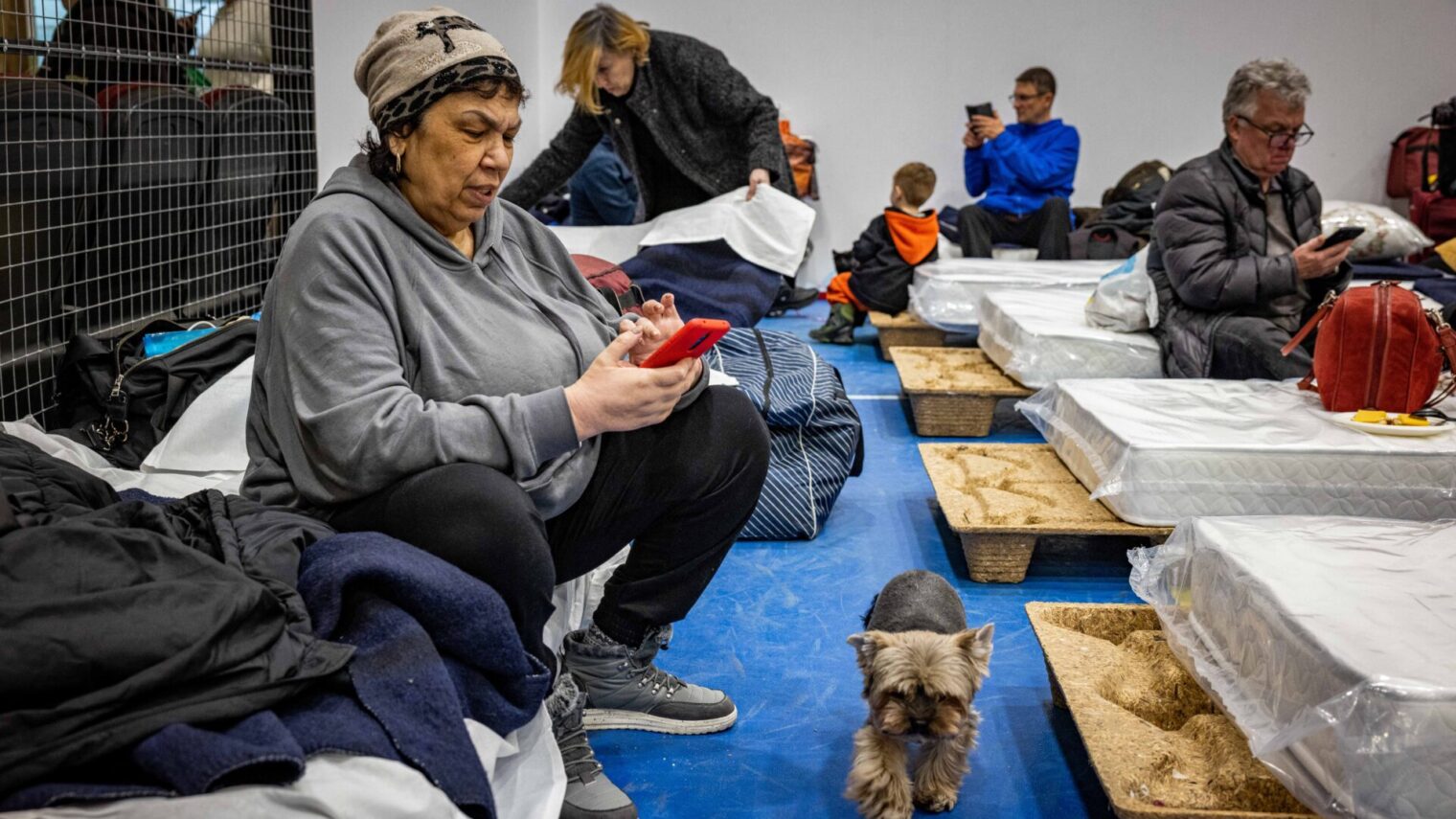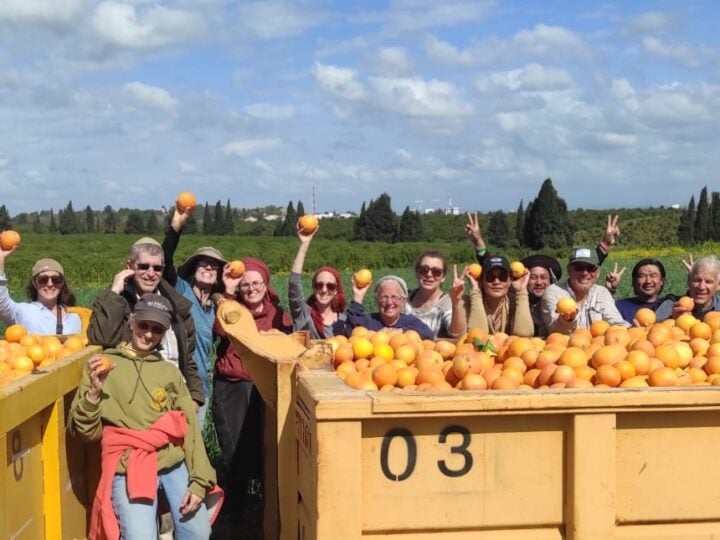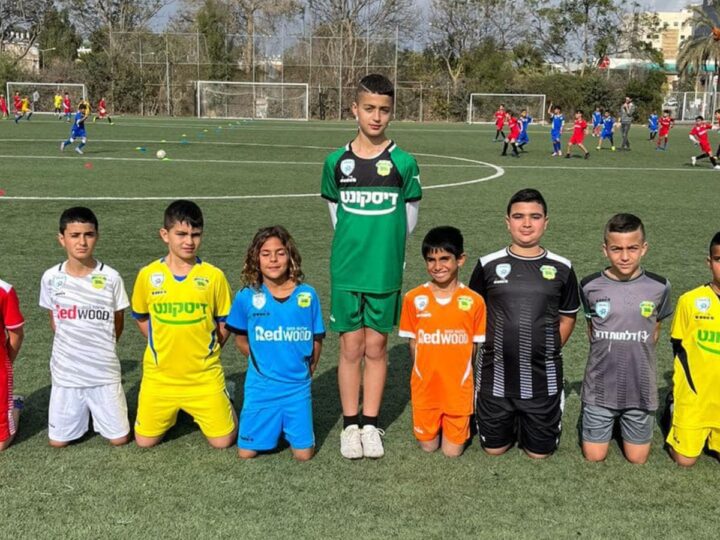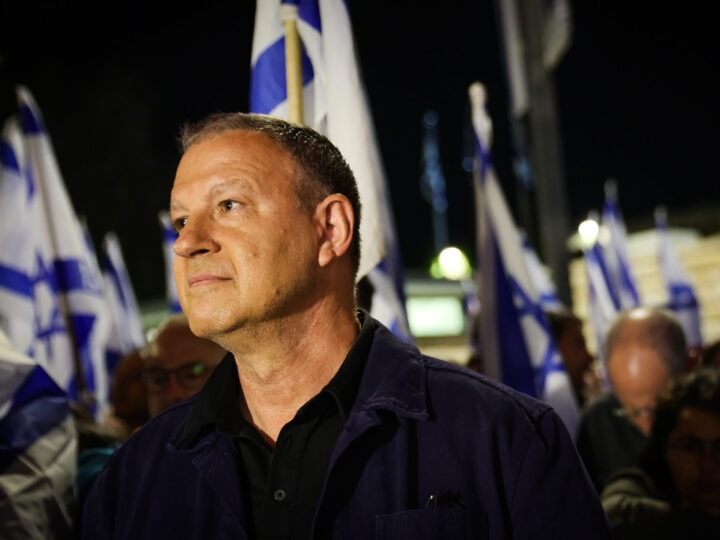Social media during wartime can promote political agendas but also can offer an authentic snapshot into the horrors of war.
We are now witnessing a style of war eerily similar to the 1940s but viewing it in a completely different way. The nonstop videos coming out of Ukraine are informing the West’s response, and on the personal level are engendering empathy for Ukrainians experiencing extreme distress.
Today, what happens online is just as important as what happens in real life, and in Ukraine’s case, on the battlefield.
Military might will not be the only determining factor in how this war plays out, as widespread images of Ukrainian suffering are being used to fight Russian tanks on the world (social media) stage.
If there is a silver lining on the dark cloud of this war, it is that experiencing a reality posted online by those on the ground has made us more caring and motivated us to act.
While social media has gotten a bad rap as a platform for fake news and bullying, perhaps now it is a force for good in shifting how we view conflict – especially Gen Z-ers, who spend 8-plus hours a day online.
Changes today
One of the reasons Europe has kicked into diplomatic high gear is that the images from Ukraine on TikTok and Instagram are real and relatable. If it’s happening in Kyiv, it could happen here.
@valerisssh Third Word War! Putin, thank u #ukraine #stopwar #russiastop ♬ Je te laisserai des mots – Patrick Watson
Over the past few years, many people have gotten their news from social media content such as videos, infographics and shared stories from news sites.
A 2021 Pew study on news consumption found that “a little under half (48%) of U.S. adults say they get news from social media ‘often’ or ‘sometimes.’”
On platforms such as TikTok, much of what we are consuming is relatable. Consider how Ukrainian President Vladimir Zelensky has mastered the ability to communicate directly with the world. He has become a beacon of hope and resistance against the odds through his daily vlogs broadcast online.
@davenewns #ukraine #supportukraine???????? #ukrainlatest #fyp ♬ original sound – davenewns
The social war
Propaganda has been used as a governmental media strategy in military conflicts since World War II, but it became high art in places like the former Soviet Union.
However, today the means of communication are in the hands of anyone with a smartphone.
In fact, social media has punctured the idea of a state-sponsored narrative.
Of course, nefarious actors understand the power of these platforms and the influencers who post on them. This can lead to spreading misinformation, like Gigi Hadad and her social media followers did when they posted anti-Israel infographics based on falsehoods during the last conflict in Gaza.
What does this mean for Ukraine, and the world, in how we perceive war?
@denas1111111 ???????? #ukraine #war #trending #fyp ♬ الصوت الأصلي – ⑩ẔØRØ✟
For Israel, with its own set of challenges in swaying world opinion, how will social media impact how future conflicts are fought and broadcast globally?
Today there is faster Internet and higher-quality video, but the platforms have changed. In contrast to the filtered world of Instagram or the well-produced quality of YouTube, the TikTok culture values raw uncut content. A digital generation who grew up on screens is more aware of what is real and what is fake.
As we spend more time in this alternative online reality, the whole concept of what is real — not just what is true — will further challenge us.
A new reality
While we bickered with those who did not agree with our views during the pandemic, the images of war thrust onto our smartphones have created a shared sense of unity.
In a world where every image seems engineered to garner as many “likes” as possible, this war reminded us of the complexity of humanity under extreme duress.
@meidastouch Little girl sings “Let it Go” in bomb shelter in Ukraine ????❤️ #Ukraine #slavaukraini #humanity #MeidasTouch ♬ original sound – MeidasTouch.com
There is something to the argument that we should disengage from social media or at least limit its usage. But for now, the reality is that we need to embrace these difficult images.
Social media may have helped fuel hatred and misinformation across the world over the past few years, but like any medium, it can spread good as well. It just needs to be used with positive intent.
View this post on Instagram
What can we do?
Knowing that what we are seeing are true images of what is unfolding on the ground, what can we do?
In addition to financially supporting the refugees fleeing Ukraine, we can learn to be more compassionate by viewing this suffering, and we can pass this compassion on to others by sharing powerful images.
Let us be thoughtful of what we’re consuming online. We are finally seeing a phenomenon on social media that is igniting empathy as opposed to comparing and pitting us against one another.
Just for that fact, I have faith our values will ultimately triumph.
Jonathan “Yoni” Frenkel is a content strategist and founder of YKC Media, a digital marketing agency that works with the global tech/venture/startup community.
















